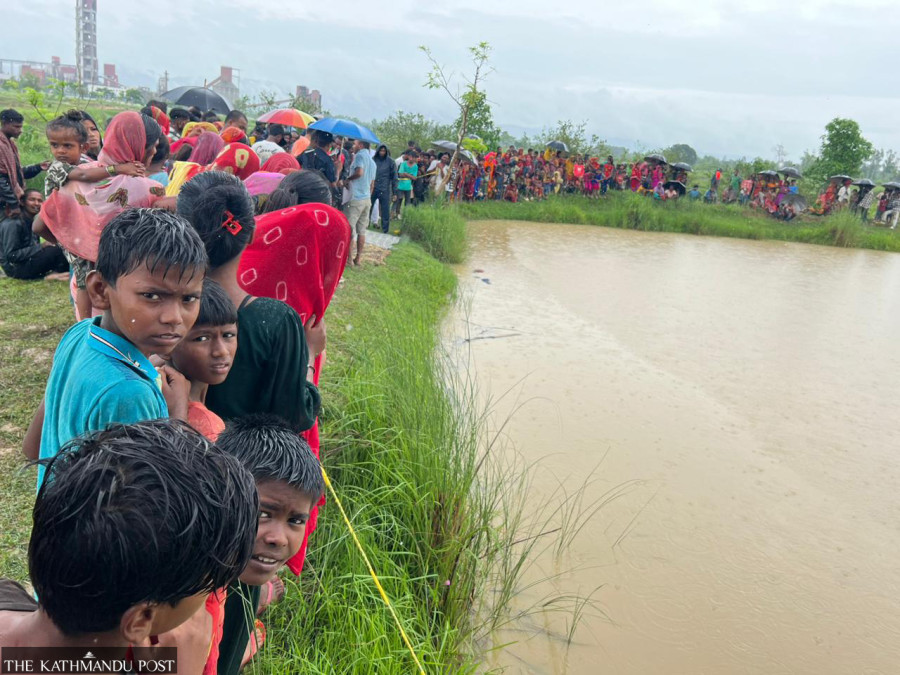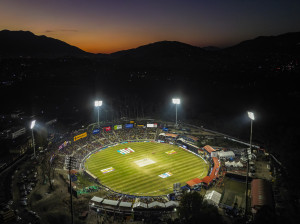Editorial
Save them from drowning
Local bodies should factor in these life-threatening incidents in their disaster preparedness.
Child drowning has become a common occurrence in Nepal’s Madhesh Province. We are only a few months into this fiscal year, and 49 people, 39 of them children, have needlessly lost their lives in ponds, fish ponds and rain-filled pits. These incidents, unfortunately, are likely to escalate this year as the number of deaths by drowning has steadily inched up in the past few years. The figure, which was 81 in FY 2022-23, rose to 124 in FY 2023-24. This necessitates immediate preventive measures from households and governments.
But what is more alarming is that these preventable deaths are not a priority for government officials. A recent Post report highlights this glaring negligence, as deaths by drowning haven’t been included in disaster preparedness programmes in any of the 136 local units of the province. Instead of addressing the issue head-on, they are busy passing the blame and pointing to the parents’ supposed negligence for failing to attend to their children. This has, in turn, added to the woes of the bereaved families.
The World Health Organization has listed many ways to prevent drowning, including covering wells and fencing swimming pools. It also recommends providing childcare for pre-school children and teaching school-age children basic swimming. Conducting safe rescue skills training with safety measures is another requirement. However, these preventive measures are rare in Nepal’s local units. In Chhinnamasta Rural Municipality in Spatari, authorities rely on a simple awareness campaign to mitigate the risks of drowning—a crucial but insufficient measure when it comes to saving lives.
Countries around the world, despite witnessing deaths through drowning, only recognised World Drowning Prevention Day in 2021. Nepal followed suit in 2023. With late recognition of this problem, devising plans, policies and programmes to prevent drowning incidents are in a nascent stage, and many local units are largely unequipped. However, recognition alone is not enough; authorities should at least be mindful of the goings-on in their localities.
The first order of business should thus be for local authorities to include this life-threatening incident in disaster preparedness projects, focus on fencing ponds and pools, initiate programmes to cover wells and to mandate construction workers to cover construction pits. Concomitantly, practical measures like training locals to rescue and monitor the pond/water source areas are vital. Likewise, parents and children should be educated in households about the dangers of drowning; school-going children need to be taught about water safety through school curriculum. Children under five drown even in bucket water, quickly and silently and, therefore, deserve special attention. Every child has the right to protection from harm.
The provincial and federal governments must heed this problem and launch mass awareness campaigns. Of all child mortality under five, drowning accounts for 2.8 percent deaths in Nepal. The WHO’s preventive measures to upskill people in rescue activities and train school-age children could be beneficial in mitigating the risk, but these programmes need big financial commitments and human resources. Federal and provincial governments can help local governments by coordinating with international aid agencies. It is incumbent on local representatives to work on this problem wholeheartedly rather than merely brushing off the issue by blaming others. Everyone should work together to put a lid on it.




 19.12°C Kathmandu
19.12°C Kathmandu














